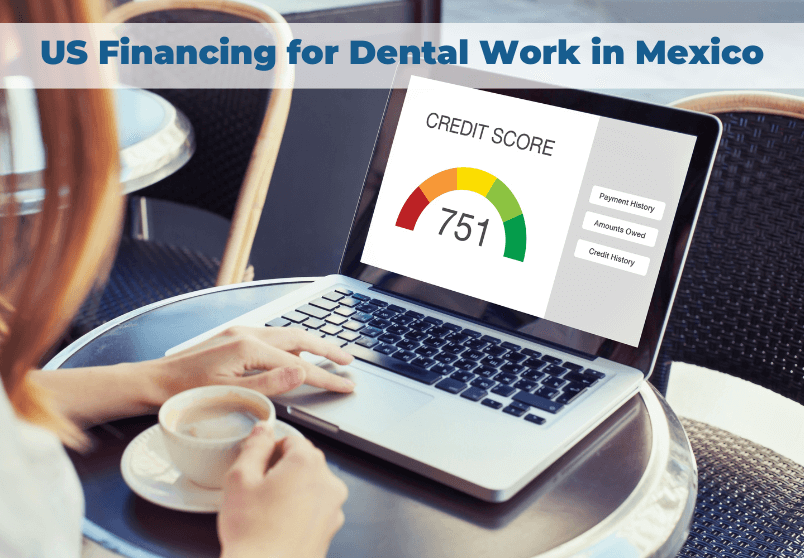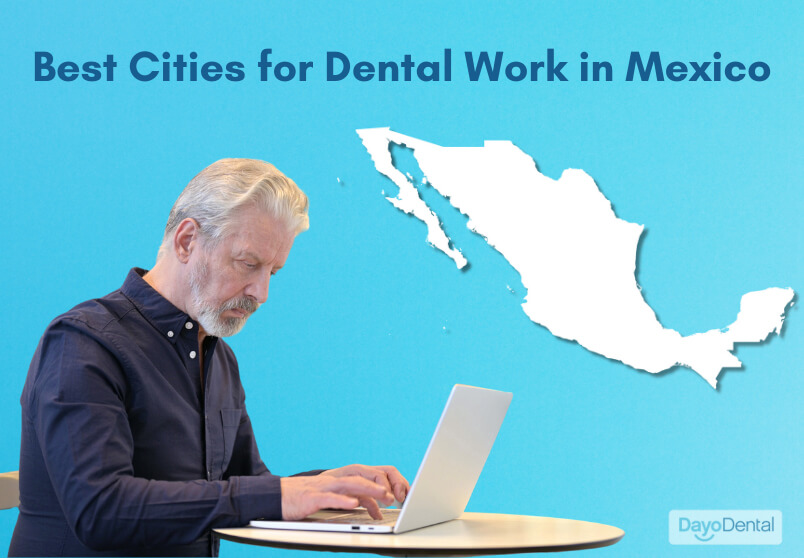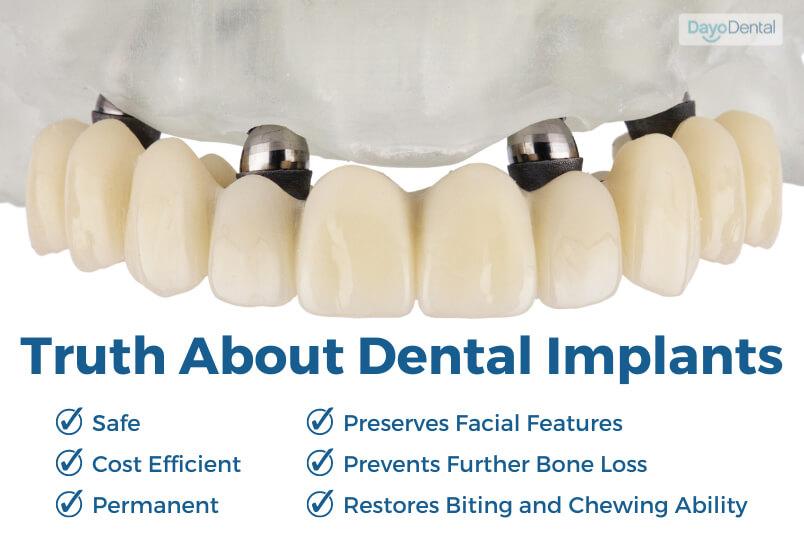Gingivitis vs Periodontitis: Stages of Gum Diseases Explained
We don’t often give our gums much attention until they start acting up. Understanding periodontal diseases can help us maintain good oral health and even prevent teeth loss.
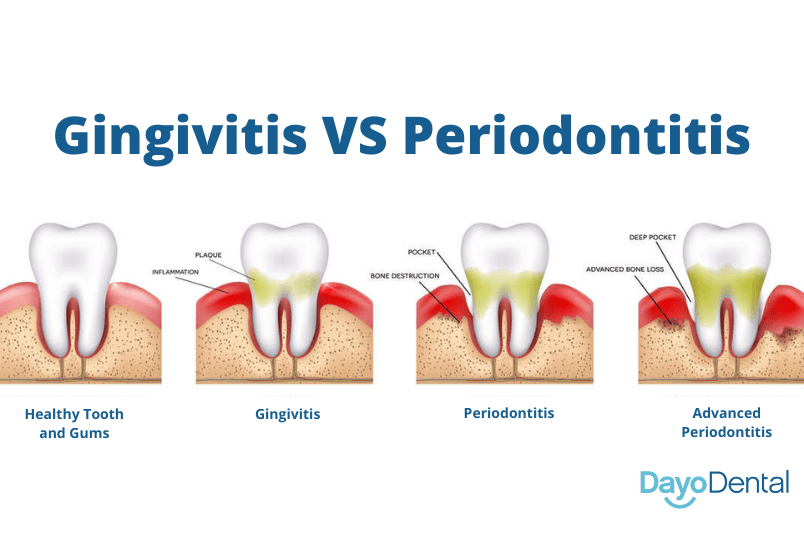
Gum (periodontal) diseases can affect your confidence and quality of life by causing premature tooth loss. Understanding the difference between gingivitis vs periodontitis can help you prevent them and other serious conditions they can lead to.
This post will outline the differences between gingivitis and periodontitis. We’ll also discuss their causes, treatment options, and ways to prevent them.
What Is Gingivitis?
Gingivitis is the medical term for the swelling of our gums. It is a common disease that causes gum redness, irritation, and inflammation. It can lead to more serious periodontal diseases when not treated properly.
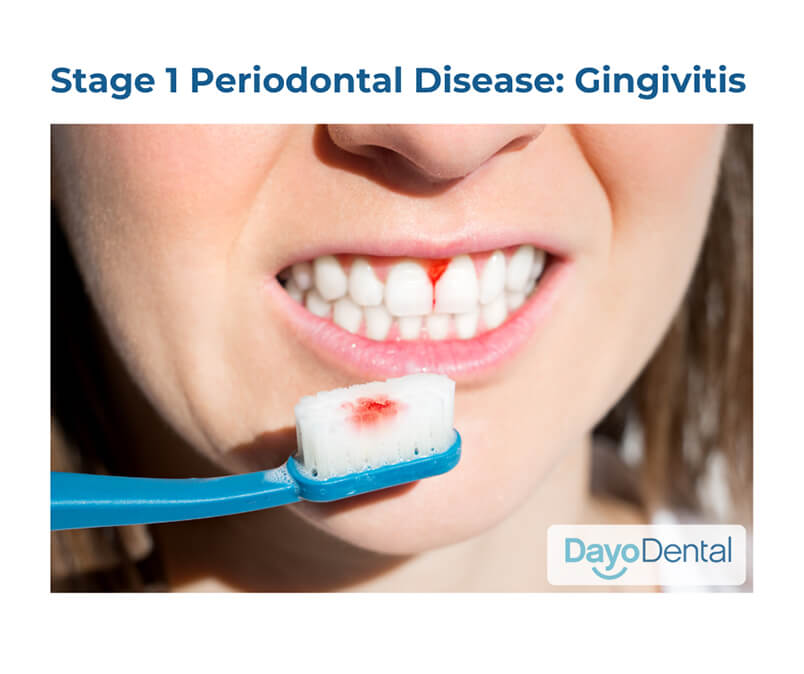
The main cause of gingivitis is plaque (a sticky film of bacteria that forms on the teeth). Plaque starts to build up when proper oral hygiene is neglected. These bacteria eventually cause inflammation of the gums.
Additionally, other factors contribute to the development of gingivitis. We have outlined them below:
- Poor diet and nutrition
- Unhealthy lifestyle and habits
- Smoking
- Excessive alcohol consumption
- Consumption of a diet high in refined sugar
- Recreational drug use
- Genetics or family history
- Compromised health and underlying conditions
- Diabetes
- Cancer
- HIV
- Respiratory diseases
- Other autoimmune diseases
- Hormonal changes during pregnancy
- Certain medications that cause the overgrowth of gums
- Steroidal medications
- Anti-seizure medications
- Calcium-channel blockers (used to treat heart disease)
Detecting Gingivitis
Early detection of gingivitis can prevent it from getting worse. Look out for the following signs and symptoms:
- Bleeding gums, especially when brushing or flossing
- Puffy, painful gums
- Discolored or shiny gums (healthy gums are pink or more pigmented for people with dark skin)
- Bad breath
But, these symptoms may not be observed in early cases of gingivitis. It’s important to visit your dentist to monitor your oral health, including checking for signs of gingivitis.
Treating Gingivitis
Gingivitis can be easily reversed through proper oral hygiene. Here are some tips:
- Visit your dentist once every six months
- Maintain proper oral hygiene
- Brush your teeth twice daily
- Floss regularly
- Use antimicrobial mouthwash
- Maintain a healthy lifestyle
- Eat healthy and balanced meals
- Keep hydrated
- Limit or quit smoking
- Limit your alcohol or sugary drinks consumption
These tips will also help prevent gingivitis from developing into periodontitis.
What Is Periodontitis?
Periodontitis is a more serious gum infection that can damage the soft tissues and bones supporting your teeth. Your gums will swell and pull away from the teeth, and your bone will shrink. You may also lose your teeth as it progresses or when left untreated.
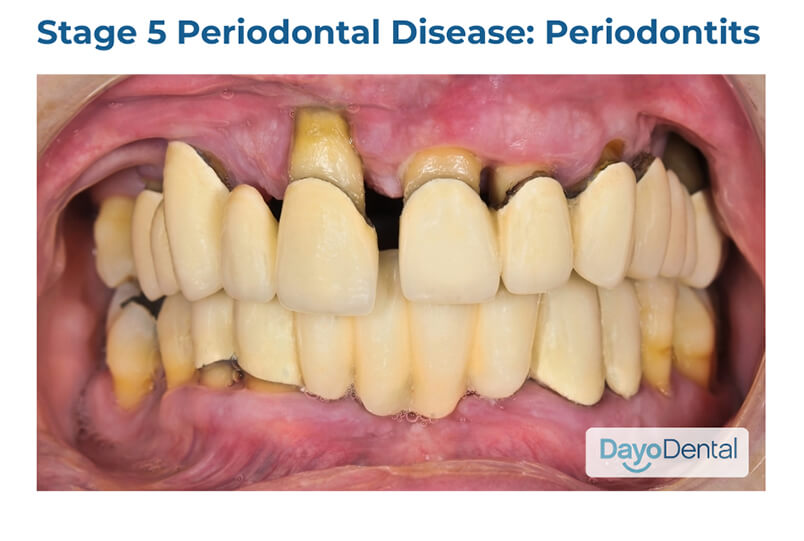
Periodontitis is primarily caused by untreated gingivitis. The plaque hardens into tartar when not removed, causing serious inflammation and infection of the gums and surrounding structures.
The same factors that lead to gingivitis can also cause periodontitis.
Detecting Periodontitis
The signs and symptoms of periodontitis vary depending on its severity. We have outlined the most common signs to help you detect periodontitis.
- Inflamed gums: Your gums become red and swollen, causing them to bleed easily when brushing or flossing.
- Receded gums: Your gums start to pull away from your teeth. As a result, your teeth appear longer than they usually are.
- Deep pockets between the gums and teeth: These pockets form as the gums pull away from the teeth. They allow bacteria to collect and cause more damage to the teeth, the gums, and the supporting bone.
- Bad breath: Periodontitis causes persistent bad breath or a bad taste in the mouth that doesn’t go away with brushing or mouthwash.
- Sensitive teeth: The roots of the teeth become exposed as the gums pull away. The exposed areas of the roots may become sensitive to hot and cold drinks or to pressure from biting or chewing.
- Loose teeth: The bone and the tissues that support the teeth become damaged as periodontitis progresses. The teeth become loose without this stable, healthy support system.
- Tooth loss: The teeth ultimately become so loose that they fall out (or need to be extracted) as the gum tissue and the surrounding bone around them become severely damaged.
Stages of Periodontal Diseases
The stages of periodontal are determined based on the severity of the condition. Below are the stages of periodontal disease explained.
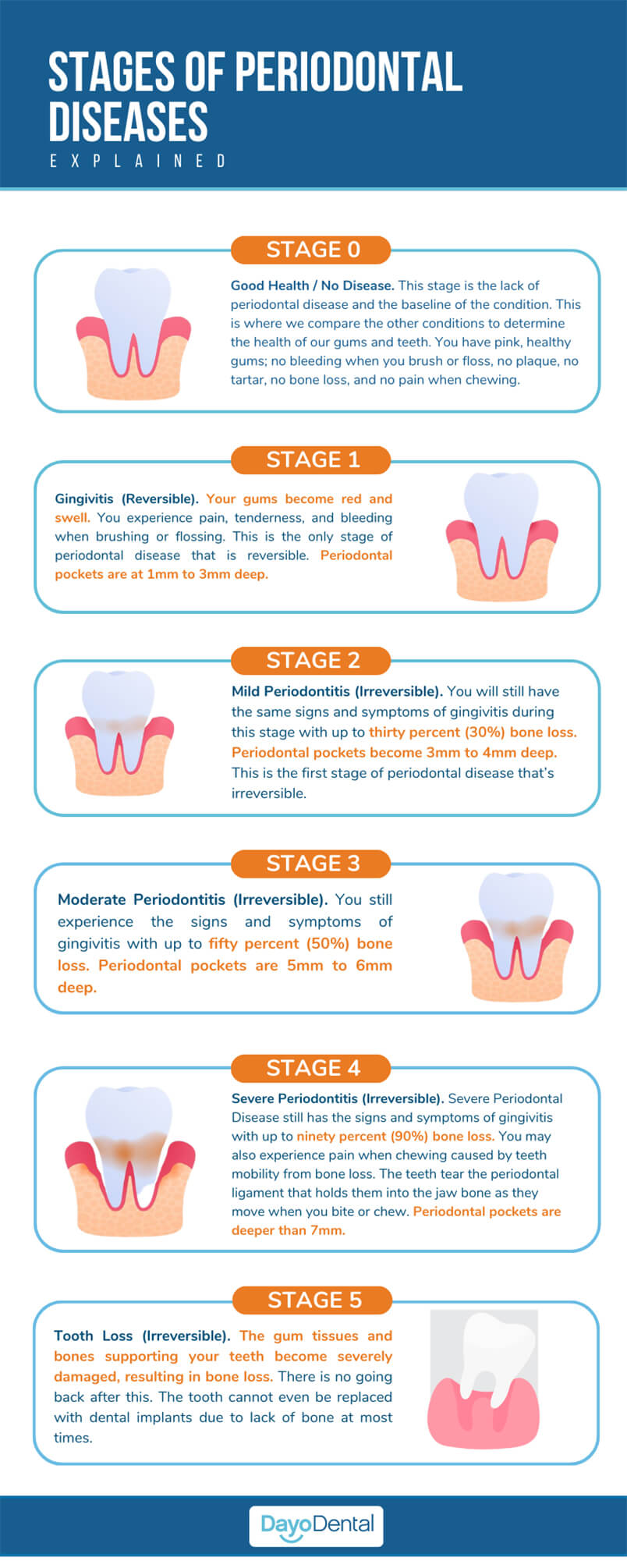
Treatment Options for Periodontitis
Below are the common treatment options for periodontal diseases.
#1. Professional Deep Cleaning: Early periodontal disease can be addressed through professional deep cleaning or scaling and root planning (SRP). Your dentist will remove the plaque and tartar from above and below the gum line. This prevents bacteria from thriving. It also stops the infection from progressing.
#2. Osseous Surgery: This is also called flap surgery or open curettage. The procedure involves separating the gums from the teeth to remove any deposits or debris from the pockets. The gums are then reattached in a different position to prevent plaque buildup.
The “osseous” part refers to any bone reduction or reshaping needed to promote healing.
#3. Extractions and Dental Implants: Your teeth must be removed in cases of severe periodontitis. You can only get dental implants to replace your teeth if you have enough bone. Otherwise, you will need bone grafting before you can get dental implants.
TIP: Prevention and early detection of periodontal disease is important. This will prevent irreversible damage to your oral health. Schedule a visit with your dentist to check your periodontal health to help you save your beautiful smile.
Gingivitis vs Periodontitis: A Comparison
Both gingivitis and periodontitis are periodontal diseases. Understanding their differences can help you save your teeth and gums. Below we discuss the differences between these two conditions.
#1. Severity: Gingivitis is a mild inflammation and infection of the gums. In contrast, periodontitis is a more severe gum infection that affects the bones and tissues that support the teeth. It also causes pockets between the teeth and gums to deepen, leading to tissue and bone loss.
#2. Symptoms: Both conditions cause red, swollen, bleeding gums and even bad breath. However, periodontitis can cause receding gums and sensitive and loose teeth.
#3. Treatment: Gingivitis can be treated through proper oral hygiene and regular dental cleanings. Meanwhile, periodontitis requires more extensive treatments like scaling and root planing, gum surgery, or tooth extraction.
How Much Do the Treatments Cost?
The cost depends on how severe your periodontal disease is. The type of treatment recommended by your dentist is another factor. Below are the estimated costs of treatments in the US.
Typical Treatments
- Scaling and Root Planing (SRP) costs around $225 per quadrant. That means a full mouth deep cleaning will cost you $900.
- Osseous surgery is estimated to be around $1100 per quadrant. That means you’d have to pay $4,400 for a full mouth osseous surgery.
More Extensive or Last Resort Treatments
- Extractions: A simple tooth extraction can cost up to $180 per tooth. Meanwhile, surgical tooth extractions can be up to $300 per tooth.
- Implants: This depends on what dental implants you need. A single dental implant can cost up to $4000. However, you’d have to pay up to $72,000 for full mouth dental implants. You also have to consider additional costs like X-Rays (up to $115), CT Scans ($300), IV sedation ($800), and bone grafting ($800 per site).
Periodontal disease can cause tooth loss when left untreated.. Early detection, prevention, and treatment of periodontal diseases will help you prevent these costs. Remember, tooth replacements are not inexpensive.
TIP: Worried about the cost of treatment? Take a trip to Mexico to enjoy US-quality dental work for 50 to 70 percent less. You can get the same, or even better, periodontal treatments through our pre-screened, reputable, and experienced Dayo Dental network dentists.
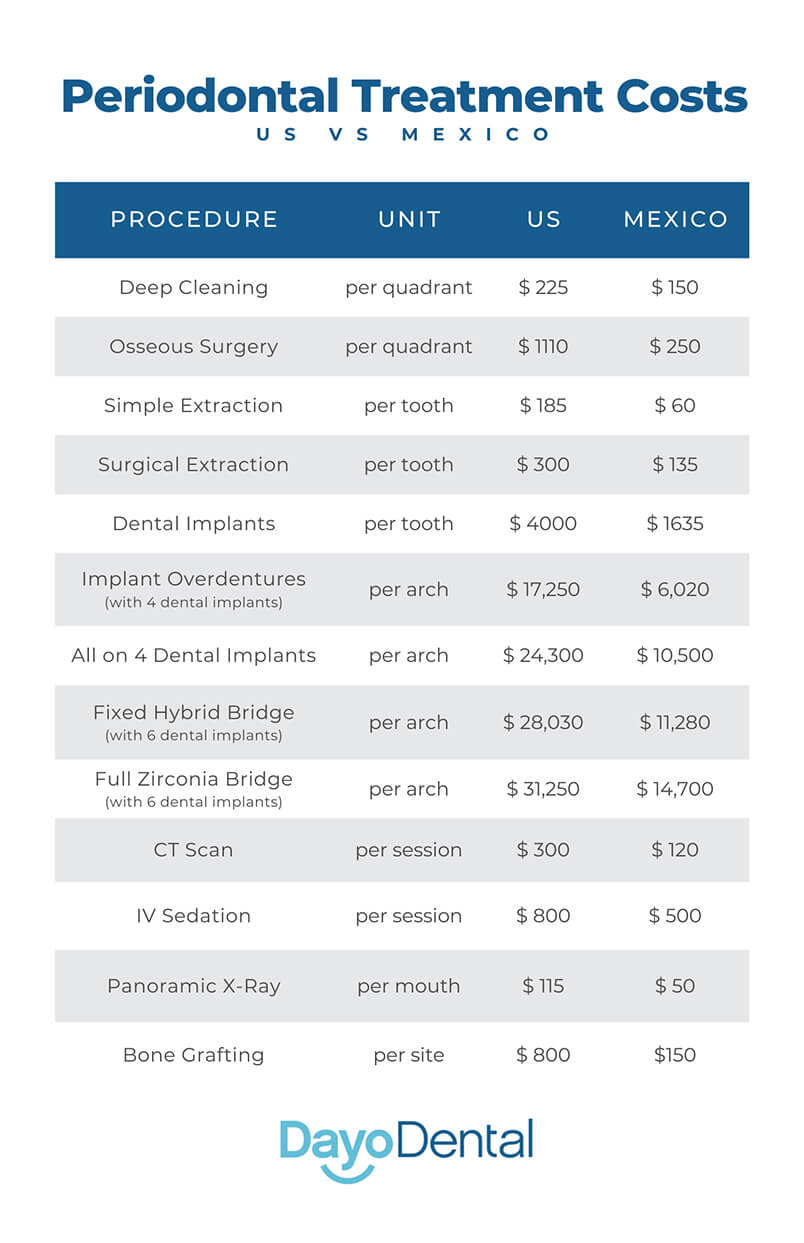
How Do I Prevent Gingivitis and Periodontitis?
Preventing gingivitis and periodontitis all boils down to a good and healthy lifestyle. You can prevent periodontitis through early detection and treatment of gingivitis. Also, the following can help you prevent gingivitis from developing.
#1. Good oral hygiene. Make brushing and flossing a daily habit. Use antibacterial mouthwash as well to prevent plaque buildup. Remember, using antibacterial mouthwash is NOT a substitute for brushing and flossing.
Below are tips to properly brush your teeth to ensure optimum results.
- Use a soft-bristled, end-rounded manual toothbrush or an electric toothbrush.
- Use fluoridated toothpaste.
- Hold the brush at a 45° angle with the bristles facing the gums.
- Brush every tooth surface and along the gum line using small, circular motions.
#2. Regular dental visits. Gingivitis sometimes does not cause any symptoms, so it is important to visit your dentist at least once every six months to help detect and prevent gingivitis.
#3. Lifestyle changes. Quitting unhealthy habits like smoking and excessive alcohol consumption will help you develop better oral health. Consuming sugary drinks in moderation and drinking more water will also prevent the development of periodontal diseases.
When Do I Need to See a Dentist?
Do not wait for your regular dental appointment when you start showing the following signs:
- Red swollen gums
- Bleeding when brushing, flossing, or eating
- Painful gums
- Gums that are separating away from your teeth
- Loose teeth
- Persistent bad breath
- Pain while chewing or eating
- Receding gums
TIP: Worried you might have periodontal disease you’re not sure of? Book a free consultation with us. We’ll pair you with a trusted Mexico dentist who will help you with your journey toward a better and healthier smile.
Recognizing the signs and symptoms of gingivitis and periodontitis will help you maintain good oral health. Additionally, understanding the stages of these diseases can help you appreciate the treatments needed.
It is important to consult your dentist as soon as possible when you notice any signs of periodontal disease. This way, you can receive proper treatment and prevent further damage.
Don’t wait until it’s too late: take action today to protect your smile and overall health. Call us at 877 987 3296 to book your free consultation with our trusted dentists in Mexico.
References and Further Readings
Albandar, J. M., Streckfus, C. F., Adesanya, M. R., & Winn, D. M. (2000). Cigar, pipe, and cigarette smoking as risk factors for periodontal disease and tooth loss. Journal of Periodontology, 71(12), 1874–1881.
Ariceta, A., Bueno, L., Andrade, E., & Arias, A. (2021). Psychosocial impact of periodontal disease on the quality of life of patients of the school of dentistry (Udelar). A qualitative-quantitative study. Odontoestomatología, 23(37).
Gasner N.S., & Schure R.S. (2022). Periodontal Disease. StatPearls Publishing.
Godman, H. (2022, November 23). What’s the right way to brush your teeth? Harvard Health.
Higuera, V. (2020, December 9). Disadvantages and advantages of deep cleaning teeth. Healthline.
Jalayer Naderi, N., Semyari, H., & Elahinia, Z. (2015). The Impact of Smoking on Gingiva: a Histopathological Study. Iranian journal of pathology, 10(3), 214–220.
Kinane, D., Stathopoulou, P. & Papapanou, P. Periodontal diseases. Nat Rev Dis Primers 3, 17038 (2017).
Nazir M. A. (2017). Prevalence of periodontal disease, its association with systemic diseases and prevention. International journal of health sciences, 11(2), 72–80.
Rathi, M., & Jain, P. Gingivitis. National Library of Medicine. (2022, June 16).
Periodontal Disease. Centers for Disease Control and Prevention. (2013, July 10).
Tungare, S., & Paranjpe, A. G. (2022). Drug Induced Gingival Overgrowth. StatPearls Publishing.
Yetman, D. (2020, April 28). Osseous surgery: Purpose, benefits, procedure, pictures, alternatives. Healthline.




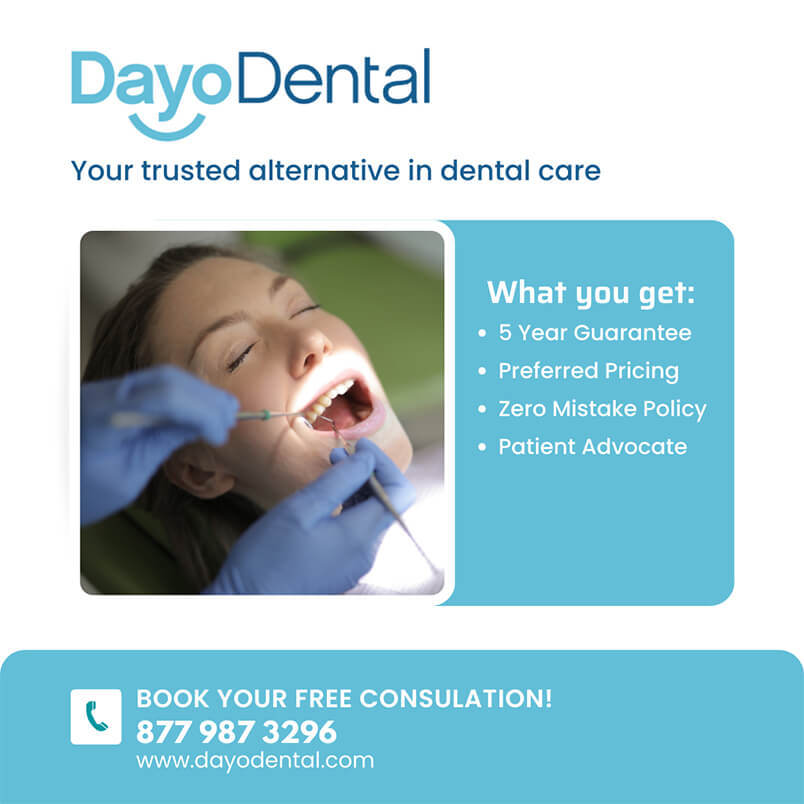
 Can I Use US Financing for Dental Implants in Mexico? Everything You Need to Know
Can I Use US Financing for Dental Implants in Mexico? Everything You Need to Know Dental Tourism Destinations: Best Cities for Dental Work in Mexico
Dental Tourism Destinations: Best Cities for Dental Work in Mexico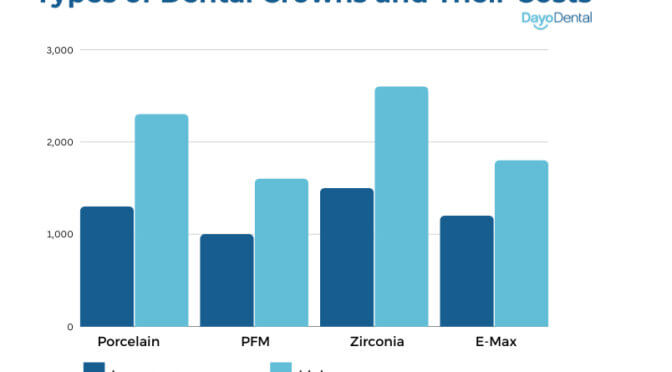 Which Crown Reigns Supreme? Comparing Different Types of Dental Crowns and Their Costs
Which Crown Reigns Supreme? Comparing Different Types of Dental Crowns and Their Costs